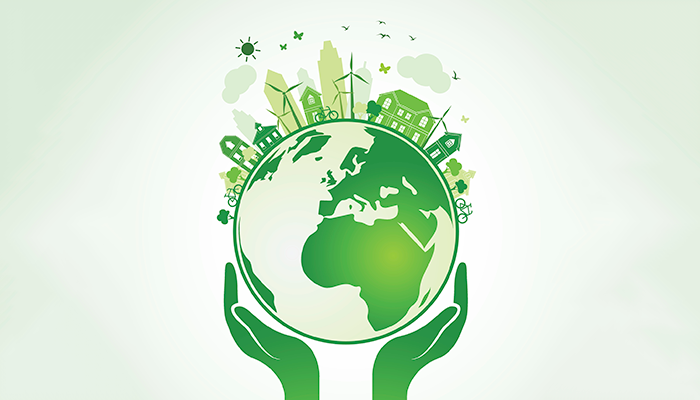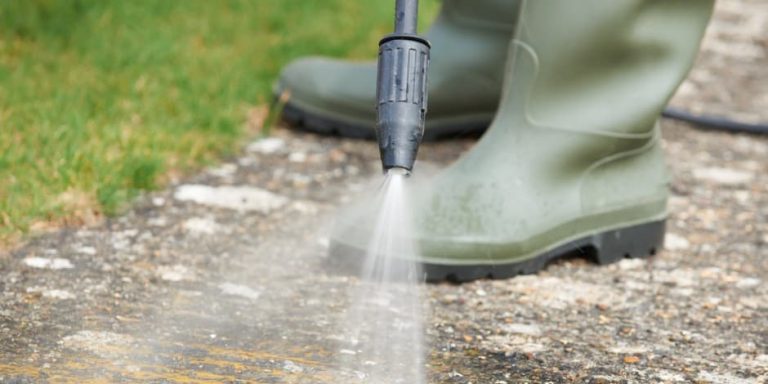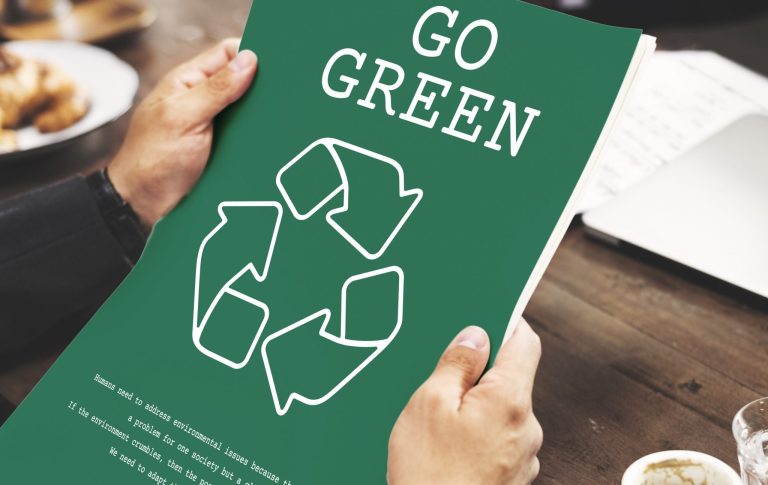
Power washing is an incredibly popular method of cleaning surfaces—especially for homes, sidewalks, decks, and driveways. Its high-pressure water stream is powerful enough to blast away years of grime, mold, dirt, algae, and oil in minutes. Sounds great, right? 💪
But while your surfaces may look sparkling clean afterward, there are some hidden environmental costs that often go unnoticed. From massive water usage to toxic runoff and ecosystem disruption, the consequences of routine power washing can have a far-reaching impact. If you’re a homeowner, contractor, or just environmentally conscious, this is something you need to know. 🌎
💦 How Much Water Does Power Washing Really Use?
One of the most obvious but least talked about issues is water waste. The average power washer uses between 2 to 4 gallons of water per minute (GPM). That means a short 30-minute job can easily consume 60 to 120 gallons of water.
Now imagine a full day of power washing a home exterior, sidewalk, and driveway. You’re likely looking at 300–500 gallons of water, gone in a single afternoon. For perspective, that’s enough to fill 10 average-sized bathtubs. 🛁
In areas facing drought conditions or water restrictions, this kind of usage becomes a serious concern. Every drop counts, and power washing can quickly add up to a lot of unnecessary strain on local water supplies.
🧪 Chemical Runoff and Its Impact
Another major environmental issue tied to power washing is the use of chemical detergents. While plain water can do a decent job in many cases, it often isn’t enough to remove oil stains, mold, or deeply embedded grime. That’s where chemical cleaners come in—and they’re not all safe for the environment.
Many commercially available pressure washing solutions contain:
- Bleach
- Phosphates
- Ammonia
- Synthetic surfactants
- Petroleum-based ingredients
When you use these cleaners on driveways, decks, or siding, the water used to rinse them away doesn’t just disappear. It flows off your property and down storm drains—carrying those chemicals with it. 🚫
Unlike wastewater from your home’s plumbing system, stormwater is not treated. That means all of those toxins often flow directly into local creeks, rivers, lakes, and even the ocean, damaging fragile ecosystems and potentially harming fish, plants, and amphibians. 🐟🪴
🚧 Storm Drain Contamination
Let’s dig into that point further: storm drains. Most people don’t realize that their outdoor drains don’t lead to water treatment plants. Instead, they serve one purpose—to prevent flooding during rainstorms by quickly redirecting water runoff.
But that convenience comes with a dark side. When power washing sends:
- Oil from your car
- Pesticide residue
- Animal waste
- Paint flakes
- Chemical cleaners
…down the storm drain, you’re unintentionally polluting your local waterways. This not only affects wildlife but can also make its way into drinking water supplies or contribute to harmful algal blooms, which rob water of oxygen and kill aquatic life. 🌊
🌳 Damage to Soil, Plants, and Landscaping
The damage doesn’t stop at waterways. The very force that makes power washing so effective can also be destructive to your own environment.
That ultra-high-pressure stream can:
- Erode topsoil
- Strip bark from trees
- Damage delicate root systems
- Compact soil (which reduces absorption)
- Kill beneficial bacteria in garden beds
If you’re power washing near your garden, flower beds, or trees, you might be doing more harm than good. Over time, this can lead to poor plant health and increased need for fertilizers—yet another environmental cost.
🔊 Noise and Air Pollution from Gas-Powered Units
While electric power washers are relatively quiet and clean, gas-powered washers are another story entirely. These machines:
- Emit CO2 and other pollutants
- Contribute to urban air quality problems
- Create loud, disruptive noise that disturbs pets and wildlife 🐶🐦
If you’re trying to maintain an eco-conscious household, using a gas-powered washer undermines those efforts. In fact, running one for just an hour can emit as much pollution as driving a modern car for over 100 miles. 🚗💨
🧠 Tips for Greener Cleaning
The good news is that there are ways to clean smarter and more sustainably. Whether you’re hiring a professional or doing it yourself, keep these eco-friendly tips in mind:
✅ Use biodegradable cleaners
Choose detergents labeled as non-toxic, phosphate-free, and biodegradable. These are much less harmful to plants and waterways.
Browse Amazon Here For Biodegradable Pressure Washing Detergents
✅ Direct runoff away from storm drains
Use barriers, buckets, or landscaping to redirect dirty water into grass or soil, where it can be absorbed and filtered naturally.
✅ Avoid unnecessary cleaning
Power washing should be a once-a-year task for most homes. If your surface doesn’t really need it, skip it.
✅ Sweep first
Pre-cleaning surfaces by sweeping or scrubbing can reduce how much pressure—and detergent—you’ll need.
✅ Hire green contractors
Ask professionals about their water recovery systems, chemical use, and storm drain protocols before hiring.
🧼 Final Thoughts
Power washing is effective, no doubt about it. But with great cleaning power comes great responsibility. Behind that shiny driveway or fresh siding could be a trail of environmental damage that impacts your local ecosystem in ways you can’t see.
By being more conscious of your tools, products, and techniques, you can help preserve local waterways, protect wildlife, and reduce waste—all while still keeping your home clean. 🌱🌎
Browse Amazon Here For Top Rated Power Washers And Accessories






